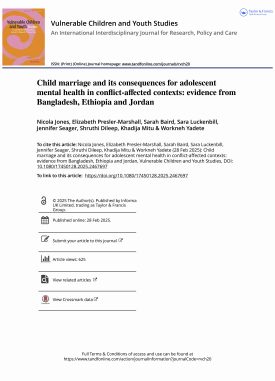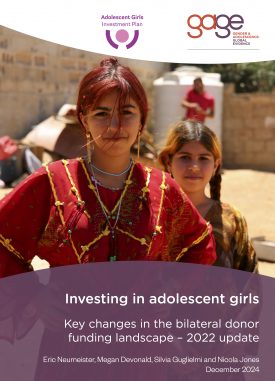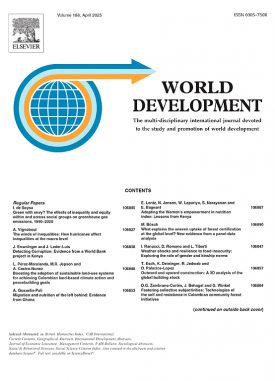Violence against women and girls (VAWG) is a human-rights violation with adverse long-term and inter-generational consequences. Redefining VAWG as legally unacceptable is one strategy for social change. The co-occurrence of national laws against VAWG is understudied, and tools to monitor the national legal environment are lacking. We developed the Laws on Violence against Women and Girls Index (LoVI) to measure global progress to develop comprehensive national legislation against child marriage, sexual harassment, domestic violence, and marital rape.
Using data from 2016 and 2018 for 189 countries from the World Bank Women, Business, and the Law database, we used factor analysis to assess the dimensionality of the LoVI. We examined the distribution of the LoVI across countries and regions, and the relationship of national rankings on the LoVI with those for other indicators from the United Nations, Demographic and Health Surveys, and World Factbook.
A single LoVI factor showed good model fit in the factor analysis. National LoVI rankings were positively associated with gender equality in human development and economic rights-related rankings and negatively associated with rates of justifying wife beating and of lifetime and prior-year physical and/or sexual IPV. The LoVI was not associated with national indicators for human development and income inequality.
The LoVI is a concise, coherent, validated index to monitor the progress of nations on adopting comprehensive legislation to advance 2030 Sustainable Development Goal 5, to eliminate VAWG.
Suggested citation
Yount, K.M., Lewis, P.C., Clark, C.J., Heise, L., Naved, R.T. and Maxwell, L. (2020) ‘Development and validation of the LoVI: the Laws on Violence against women and girls Index.’ BMC International Health and Human Rights 20:13. (https://doi.org/10.


